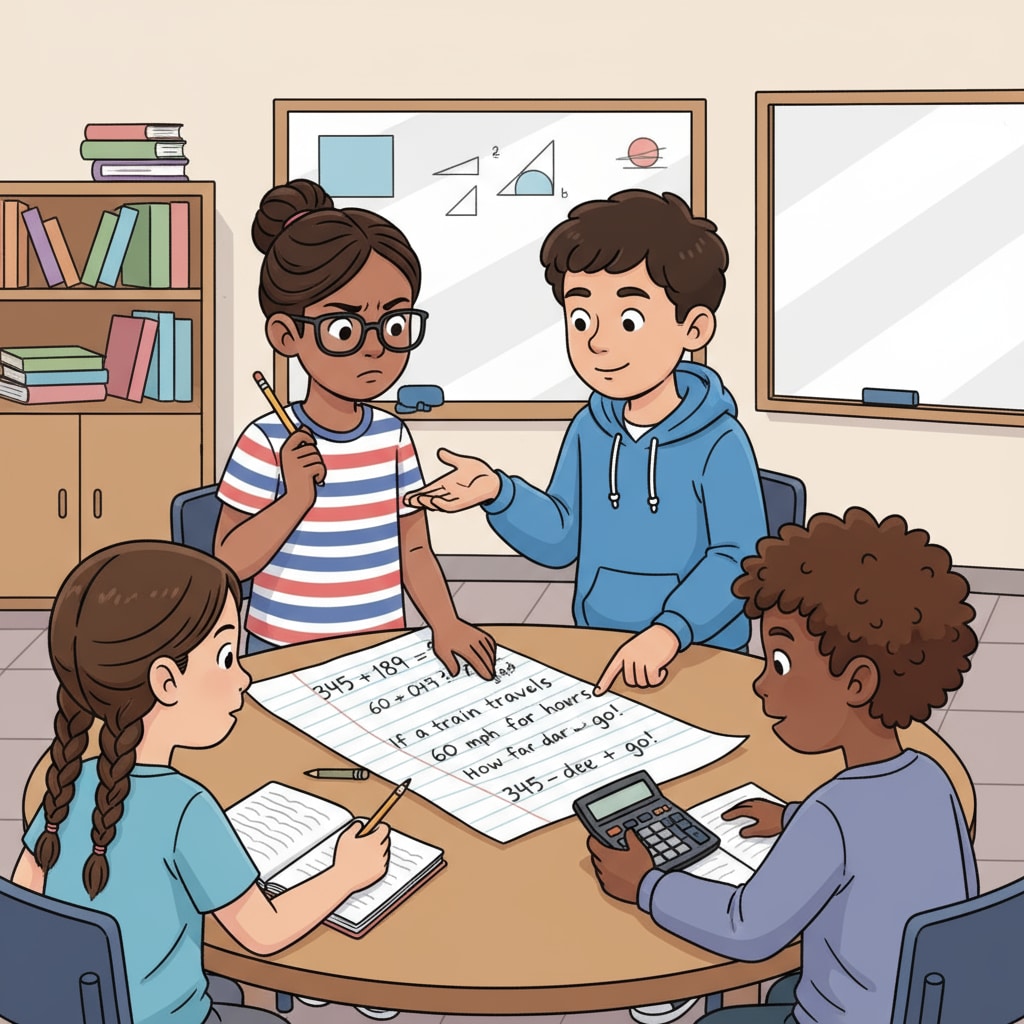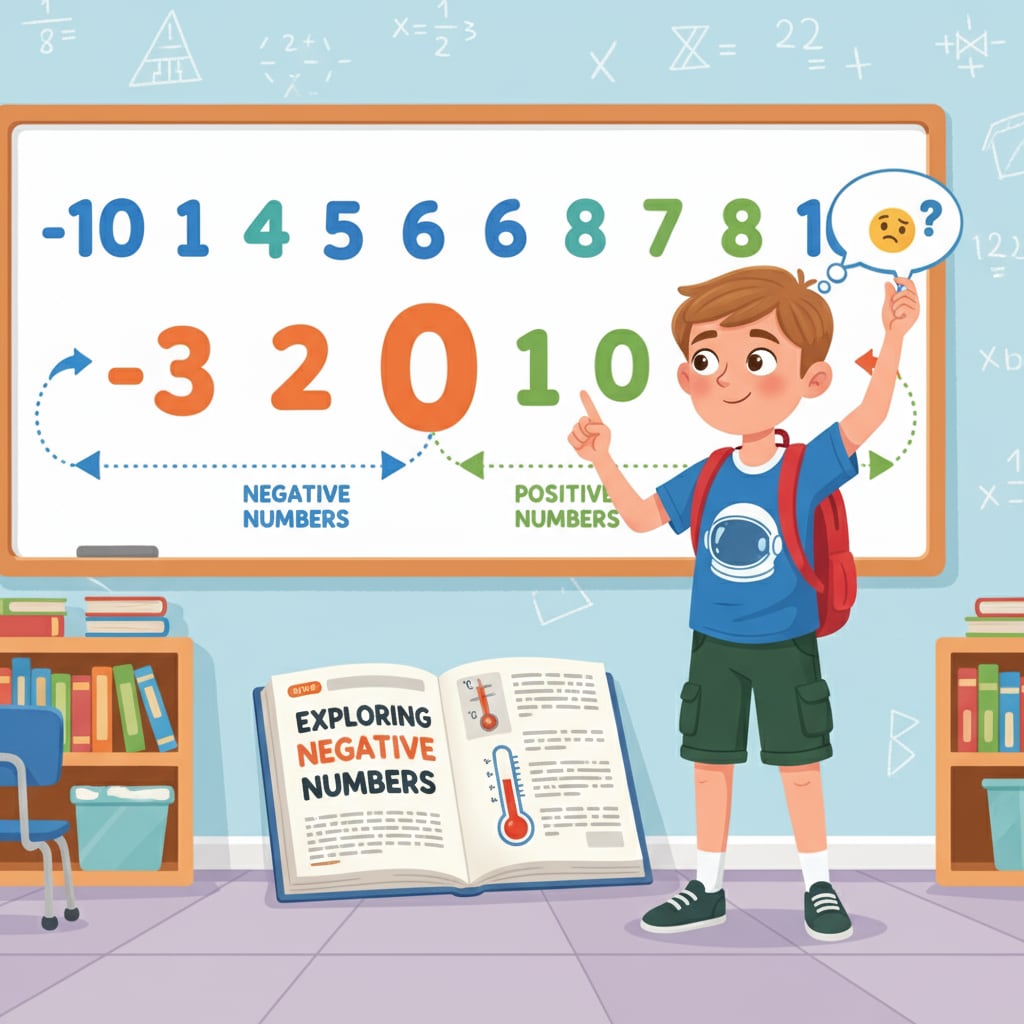Fourth graders, with their burgeoning minds, are often underestimated when it comes to understanding complex mathematical concepts like negative numbers. However, recent research suggests that they may possess a latent mathematical understanding ability that can be harnessed to grasp this seemingly advanced topic.

In the realm of education, the traditional belief has long been that negative numbers should be introduced at a higher grade level. But is this really the case?
The Cognitive Foundation of Fourth Graders
Fourth graders have already built a solid foundation in basic arithmetic. They are familiar with numbers, addition, subtraction, and have a good sense of quantity. For example, they know how to count, group objects, and perform simple calculations. According to Elementary Math Curriculum on Education.com, this basic understanding forms the groundwork for more complex mathematical ideas. Their cognitive development at this stage allows them to think more abstractly than we might assume. They can start to understand the concept of “opposites” in various contexts, which is closely related to the idea of negative numbers.

The Feasibility of Introducing Negative Numbers in Fourth Grade
Teaching negative numbers to fourth graders is not as far-fetched as it may seem. By using real-life examples, such as temperatures below zero, debts, or elevations below sea level, educators can make the concept more tangible. For instance, when discussing the weather, students can easily relate to the idea of a negative temperature on a cold winter day. As per Teaching Negative Numbers on TeacherVision, presenting negative numbers in these practical scenarios can enhance students’ understanding. Also, number lines can be a powerful tool. A simple number line that extends to the left of zero can help students visualize negative numbers and how they interact with positive ones.
Moreover, fourth graders are at an age where they are eager to learn and explore new things. Introducing negative numbers can spark their curiosity and enthusiasm for mathematics. It can open up a new world of mathematical thinking and problem-solving for them.
Readability guidance: The key points here are the cognitive foundation of fourth graders and the feasibility of teaching negative numbers. Using real-life examples and tools like number lines can aid in their understanding. The language is kept simple and accessible, with an emphasis on clear explanations.


